Posts Tagged: Leslie Saul-Gershenz
Youths Experience the Joy of Insects
Do you remember when insects first fascinated you or when you developed a love of insects? Odds are that the children who attend the SaveNature.Org...
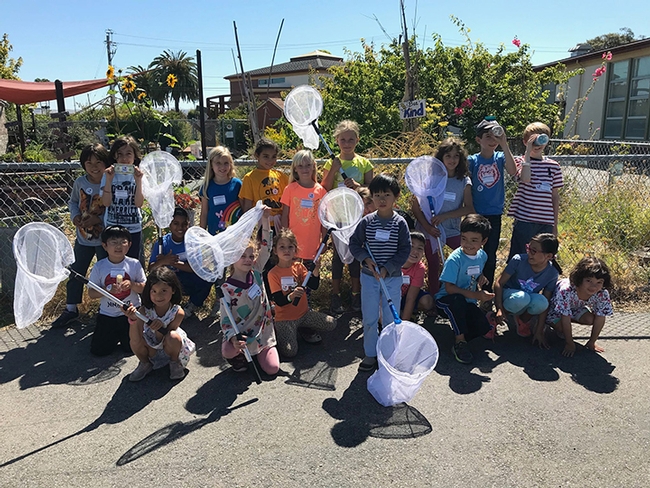
Future entomologists? A group of students in a Bay Area three-week insect class, taught by SaveNature.Org, poses for a photo.
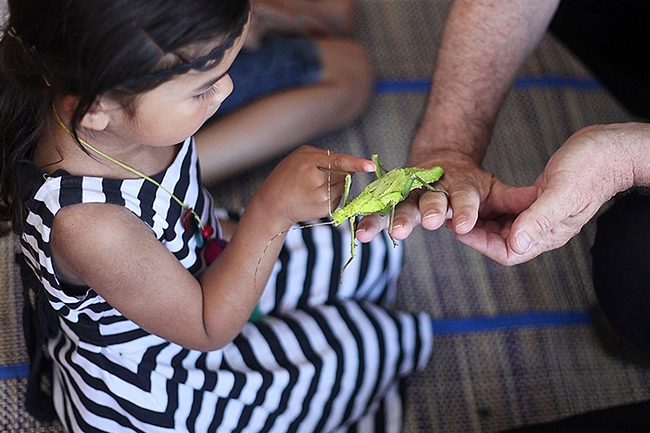
Getting up close and personal with a stick insect, also known as a walking stick.
Pollinator Habitat: Important Part of Solar Energy Study
Solar energy should not only be used to benefit global sustainability, but to protect our global ecological systems, including climate, air quality,...
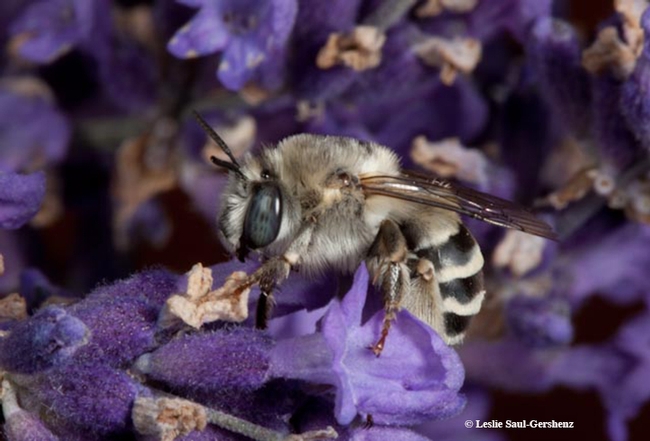
Solar energy can be used to protect pollinator habitat, according to a research paper published July 9 in the journal Nature. This is Anthophora urbana, a ground-nesting solitary bee which has a broad distribution including the Mojave Desert. It is a floral generalist collecting pollen and nectar from many species of plants, says UC Davis entomologist Leslie Saul-Gershenz. (Photo by Leslie Saul-Gershenz)
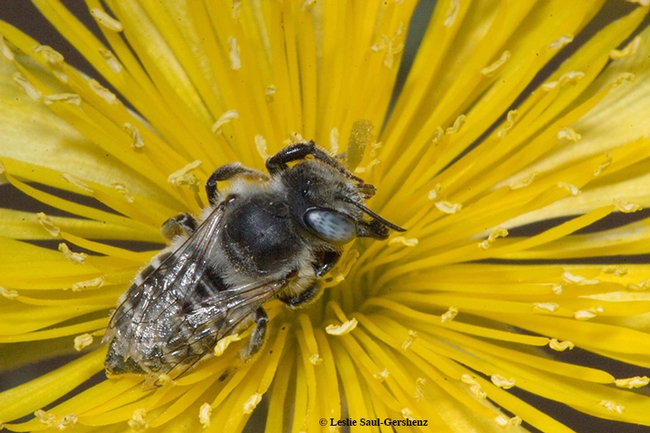
Native bee Megachile sp. on Mentzelia flower in the Mojave Desert. (Photo by Leslie Saul-Gershenz)
Why Silver Digger Bees Are Like Gold
Why silver digger bees are like gold... Remember those "long lost" silver digger bees found last week at the San Francisco Presidio? They hadn't...
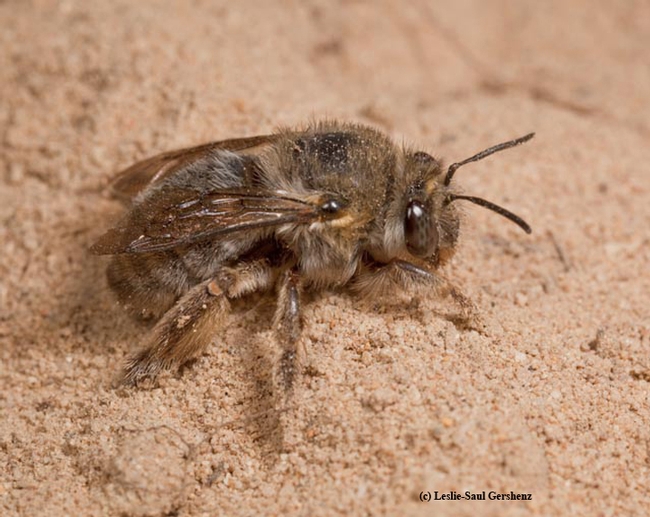
Close-up of female silver digger bee, Habropoda miserabilis, taken at Waldport, Ore. in 2015. (Copyrighted Photo by Leslie Saul-Gershenz. Used with Permission)
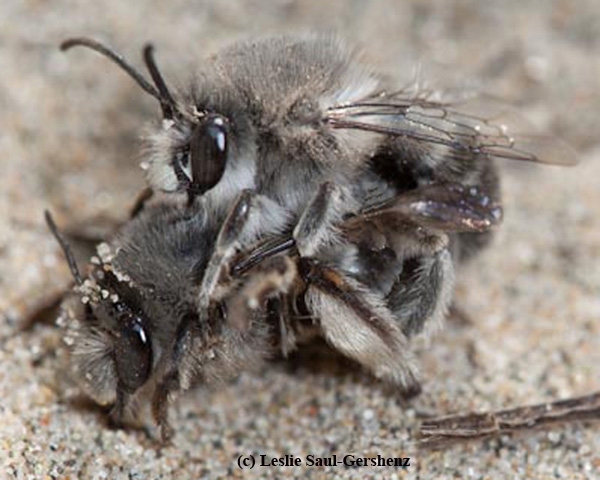
Habropoda miserabilis male and female—the male is mate-guarding the female after mating with her, preventing her from mating with other males. (Copyrighted photo by Leslie Saul-Gershenz. Used with permission)
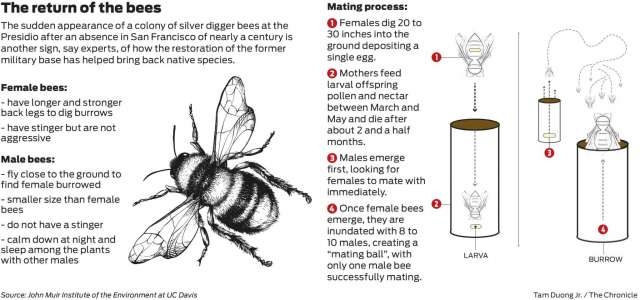
This graphic, the work of Leslie Saul-Gershenz, details information on the male and female of the species.
What's in a Name? Leslie Saul-Gershenz and Norm Gershenz
Imagine having an insect named for you. How awesome is that? It's especially an honor when a duo--a husband-and-wife nature conservation team--is...
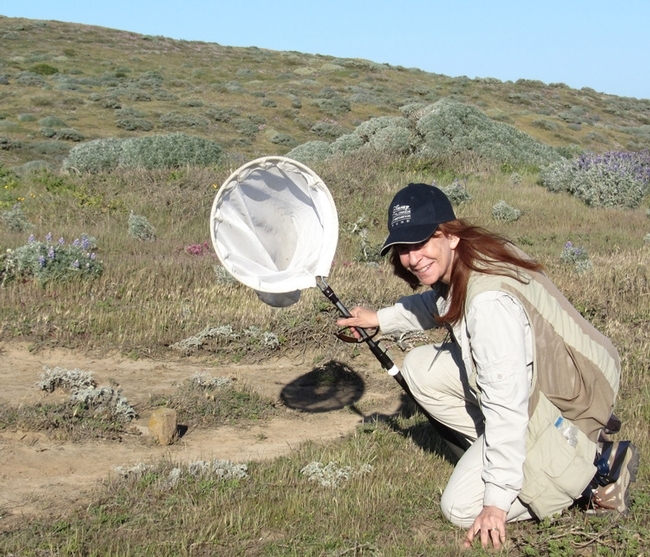
Leslie Saul-Gershenz, who received her doctorate in entomology from UC Davis in May 2017 and is the co-founder of SaveNature.Org, has a moth species named for her: Ethmia lesliesaulae.
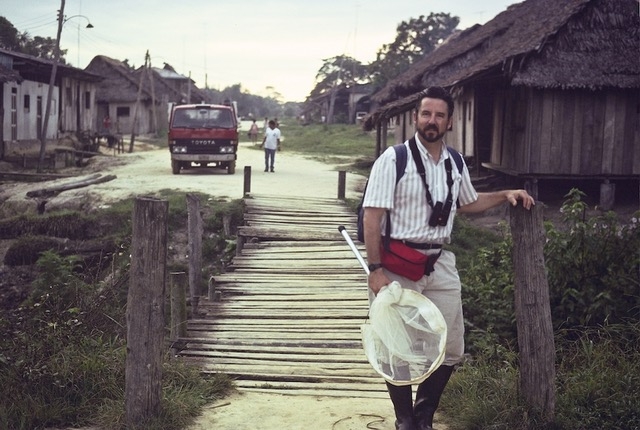
Norman Gershenz is the chief executive officer/co-founder of SaveNature.Org and director of the Insect Discovery Lab. He has a moth species named for him: Ethmia normgershenzi.
The Amazing Bee-Parasite Research of Leslie Saul-Gershenz
Evolutionary ecologist Leslie Saul-Gershenz goes places where many have been but few have ever really seen. Bees and blister beetles, yes. We...
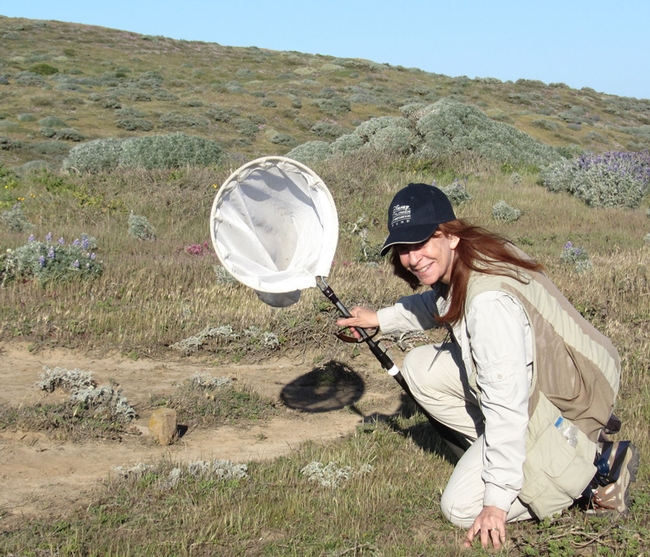
Leslie Saul-Gershenz in the Channel Island National Park conducting a native bee survey.
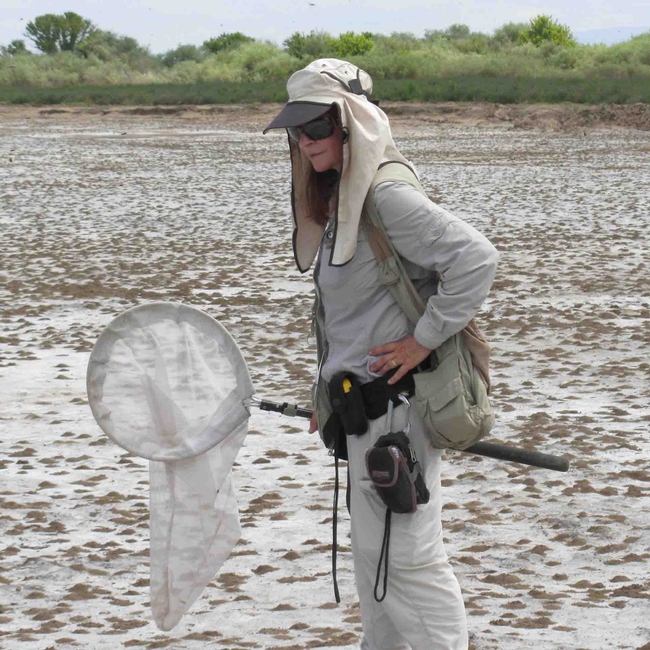
Leslie Saul-Gershenz doing field work on bee nesting beds of the solitary bee, Nomia melanderi, in Walla Walla, Wash. (2010-2015).
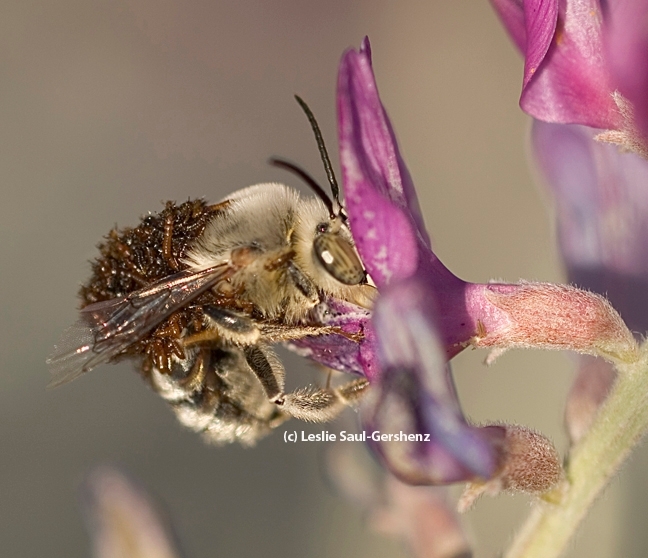
A digger bee, Habropoda pallida, with blister beetle larvae. (Photo by Leslie Saul-Gershenz)

